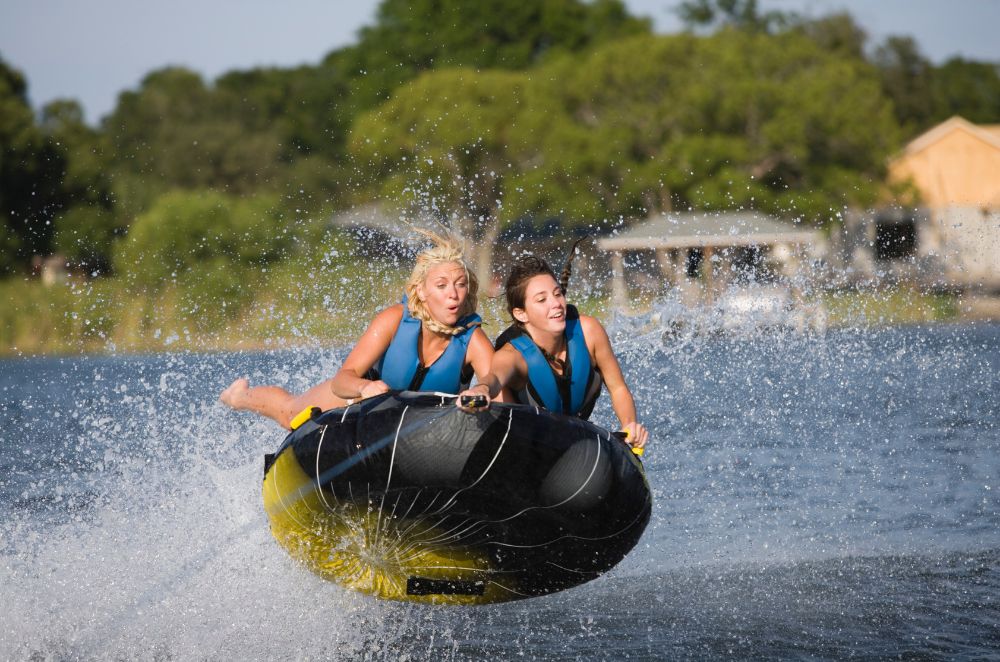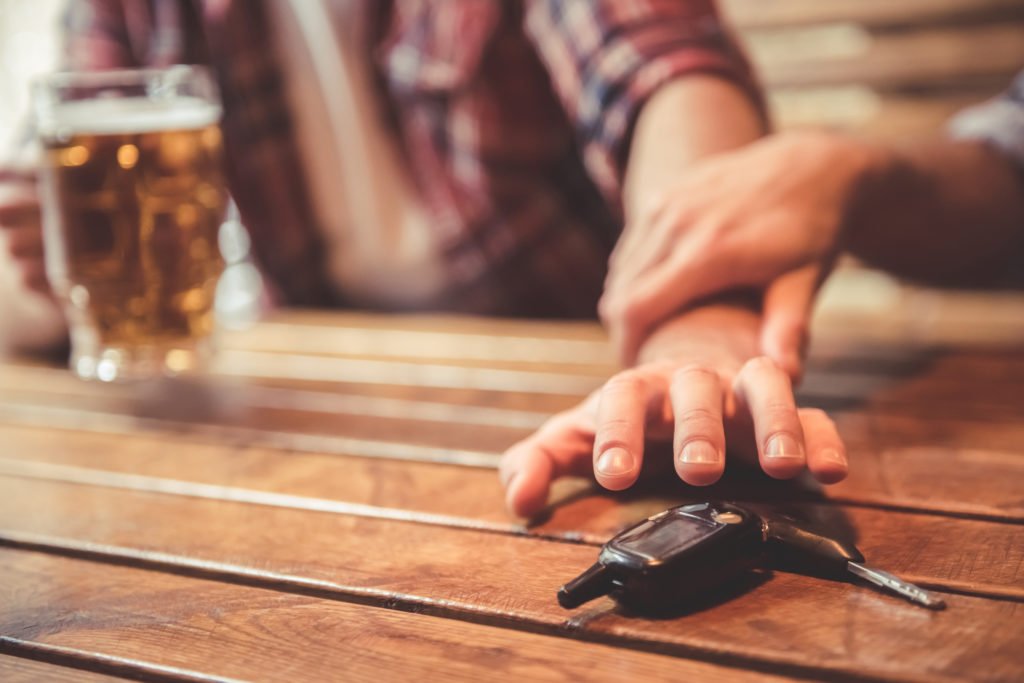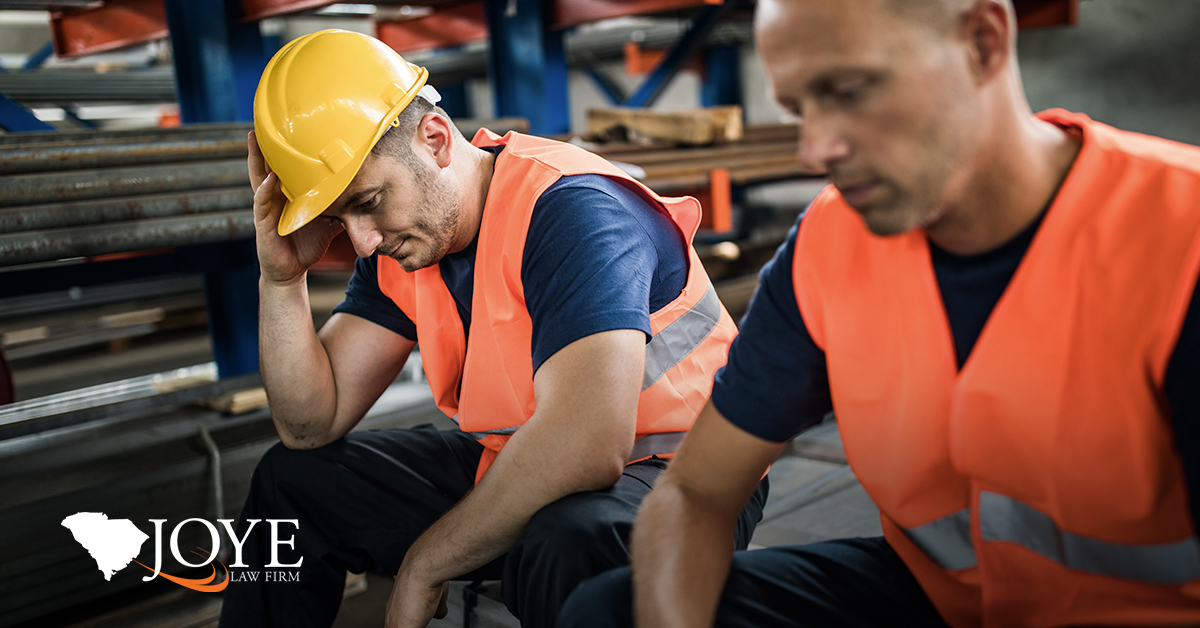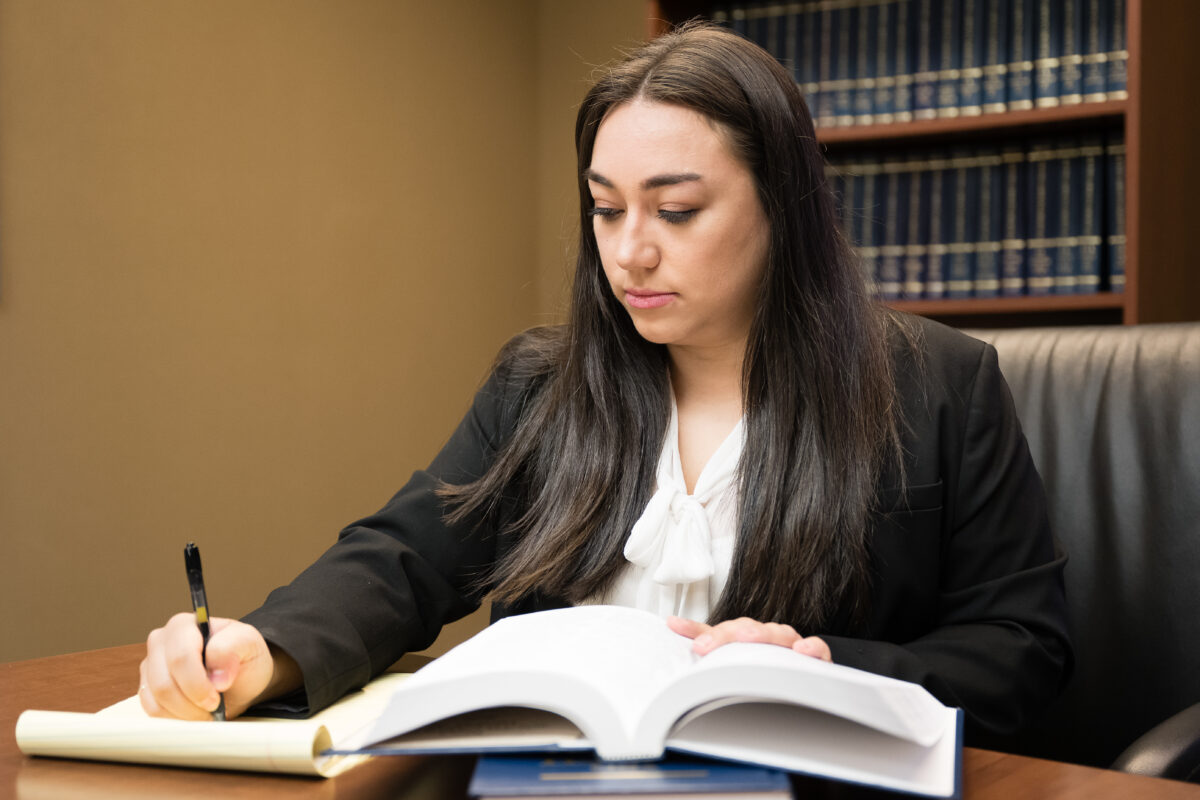
Watersports such as tubing and waterskiing in South Carolina can be a lot of fun, but they can be also be dangerous if safety precautions aren’t followed. According to the South Carolina Department of Natural Resources, 146 boating accidents resulted in 14 deaths in 2019 (the most recent year on record). Drowning and near drowning cause most injuries and fatalities related to boating accidents.
To prevent your fun outing from turning tragic, you should know how to keep your passengers safe.
What Are South Carolina’s Water Safety Rules and Regulations?
South Carolina enacted laws such as the South Carolina Boating and Safety Act of 1999 to reduce boating accidents and fatalities. The law defines the negligent operation of a boat as:
- Going too fast in a no wake zone
- Failing to look out for other vessels or people, including other skiers or tubers
- Operating too quickly for conditions
- Racing against other boats
- Towing a skier or tuber through a swimming area
The reckless operation of a boat is defined as:
- Passing through heavy traffic at more than idle speeds
- Wake jumping too close to other vessels within 200 hundred feet
- Crossing the wake or path of another boat in limited visibility conditions
- Staying on a path to collide with another boat or object
State law prohibits operating a boat while drinking or using drugs to the point of impairment. If you cause significant bodily injury or death while under the influence, you could be liable for the injured person’s medical bills, lost wages, and pain and suffering, as well as face criminal charges including a mandatory sentence of at least 30 days.
Boating Safety Tips
As a boat driver, you are accountable for maintaining water safety for your tubers and skiers by making sure your boat’s personal floatation devices are in good working order. You must also secure the tow rope and focus on operating the boat while having someone else act as your spotter.
Avoid alcohol
A sober driver can notice and react to dangers more quickly than one who has been drinking. Sober drivers also make better decisions and have better vision and quicker reaction responses in the event of a potential accident.
Know your equipment
Learn the limits of your boat, tubes, and skis, and know how fast you can pull each tube and pair of skis safely. Understand their weight and capacity limits and age recommendations so your riders can enjoy their watersports safely.
Secure your towline
Maintain your towline and secure it to the boat so that you can prevent water skiing injuries. This is important! The towline should not snap back and hit the riders you’re towing.
Require a personal floatation device for everyone
Make sure every person you tow wears a life vest, even if they know how to swim. Do not allow them to ski or tube until they agree to wear one. This will protect the person behind the boat if they fall or the towline breaks, especially if they get injured when they hit the water. Drowning causes more boating-related fatalities than any other cause, and even strong swimmers can drown if they are injured or tired and aren’t wearing a life vest.
Designate a spotter
You should concentrate on operating the boat while a lookout is assigned to constantly monitor the skier or tuber. Using a spotter allows you to drive safely, avoiding collisions.
Make a plan
Before anyone leaves the boat, agree on hand signals to communicate important information, including start, stop, slow down, speed up, and okay. Your designated spotter should watch for signals from the skier/tuber and can also signal to the rider if you need to turn the boat around.
Check with the rider before you start
Make sure your skier/tuber has a proper grip on the line and are in an appropriate position before starting to move. Driving at speed can cause tubing injuries, especially for tube riders in the face-down position.
Maintain a safe distance
Keep the rider at least twice the length of the tow rope away from the shoreline, docks, vessels, and other people in the water, including other skiers and tubers. This helps ensure your rider doesn’t collide with others and ensures your compliance with state law.
Use caution when pulling riders
Turning can cause the tubes to collide, if you are towing more than one. Ensure you know how to do it safely, including even weight distribution and securing them to the boat.
To prevent wakeboarding injuries, turn off the engine before allowing the rider on the boat. After the rider is on board, retrieve the tow line.
When You Should Talk to a Lawyer
If the negligent actions of another boat operator caused your injuries, you can work with a South Carolina boating accident lawyer at Joye Law Firm. We work hard on your behalf and fight aggressively to protect your rights. We can help you determine who is liable for your injuries and help you get compensation for your injuries.
Contact Joye Law Firm today for a free, no-risk consultation.






































